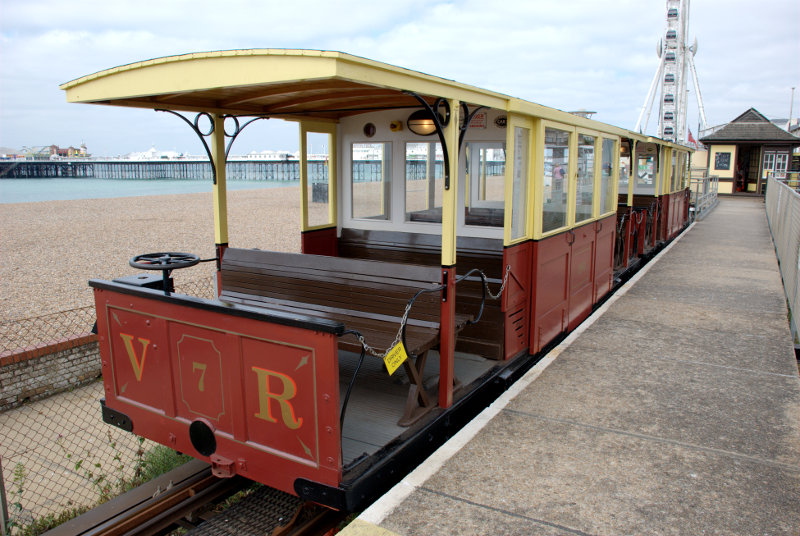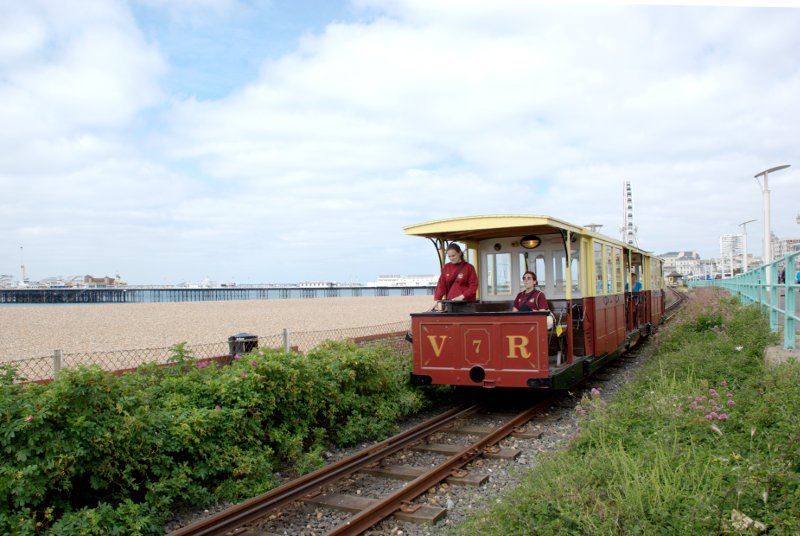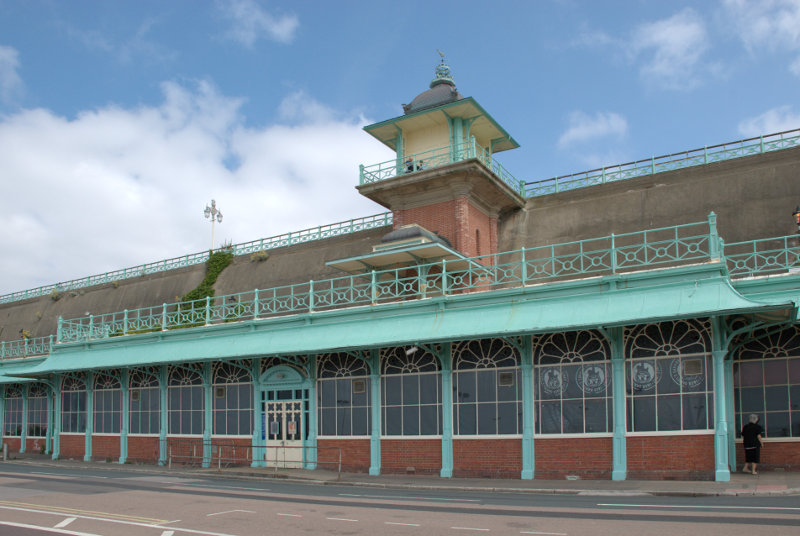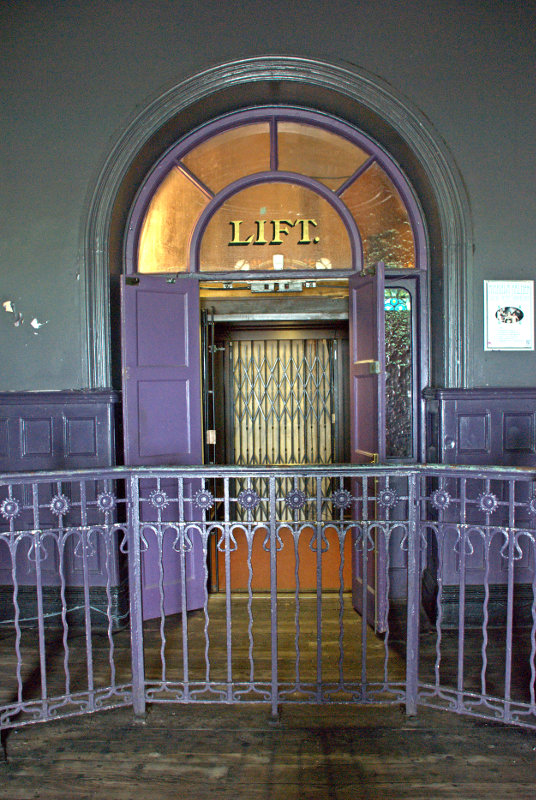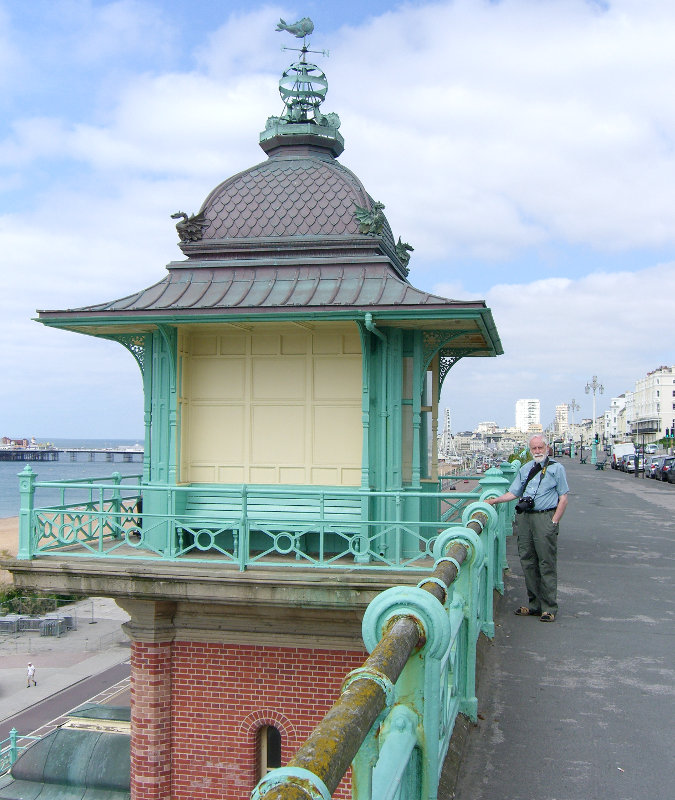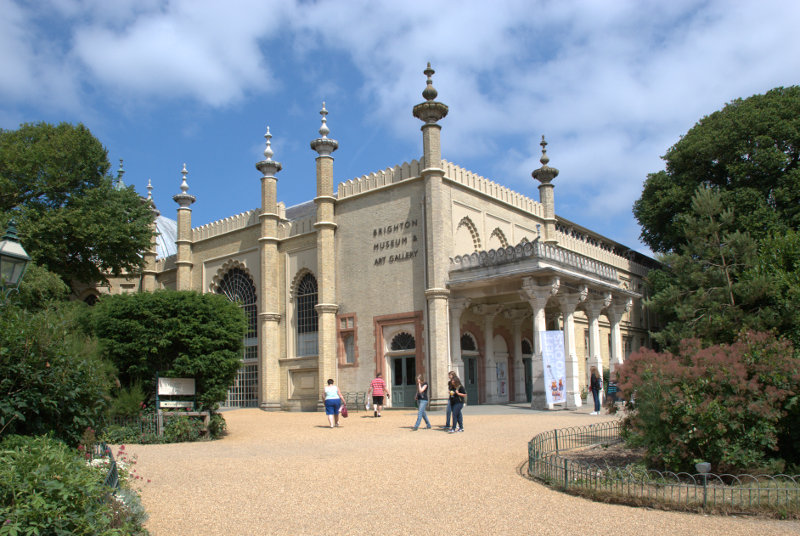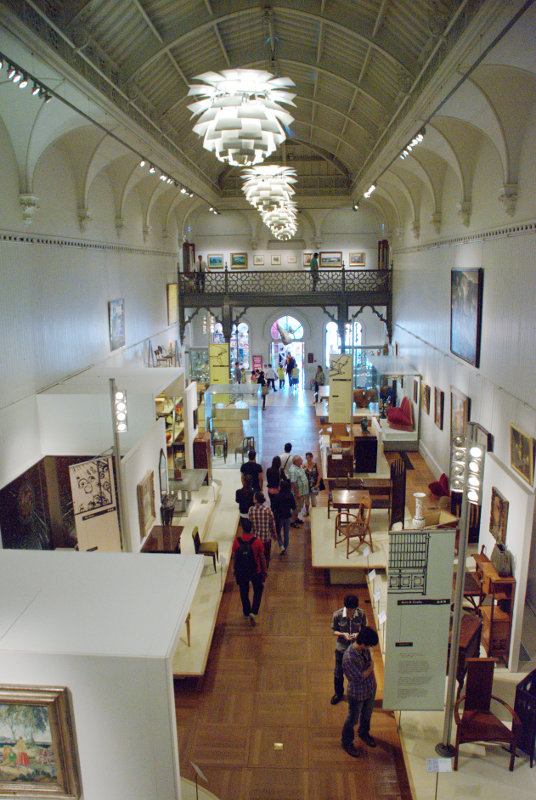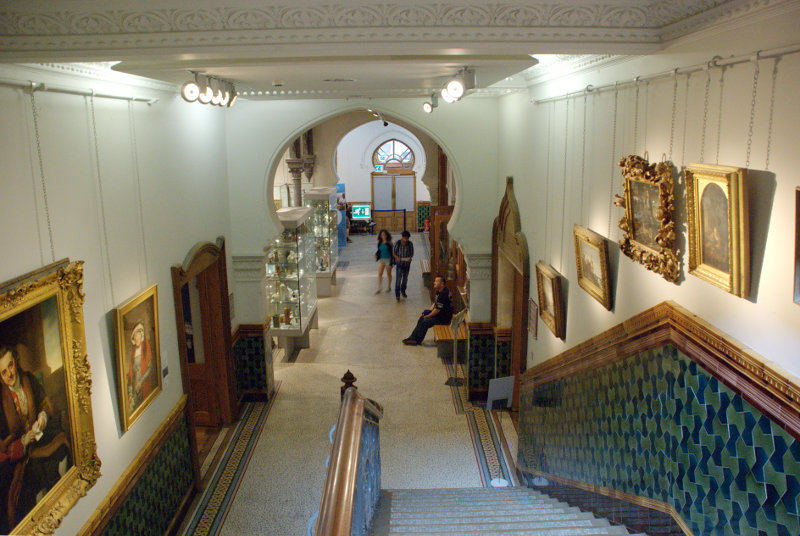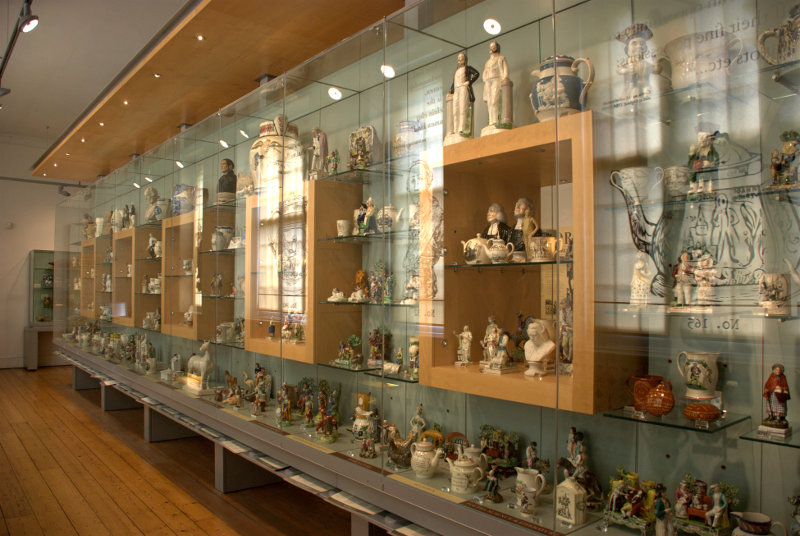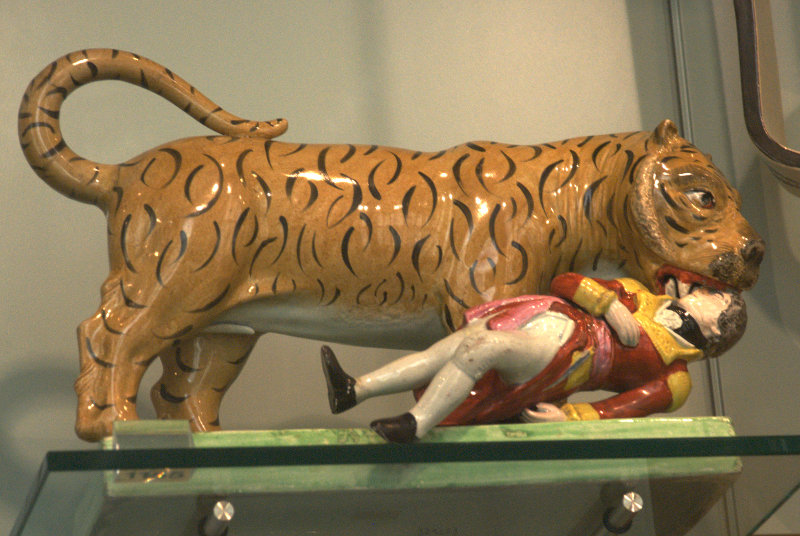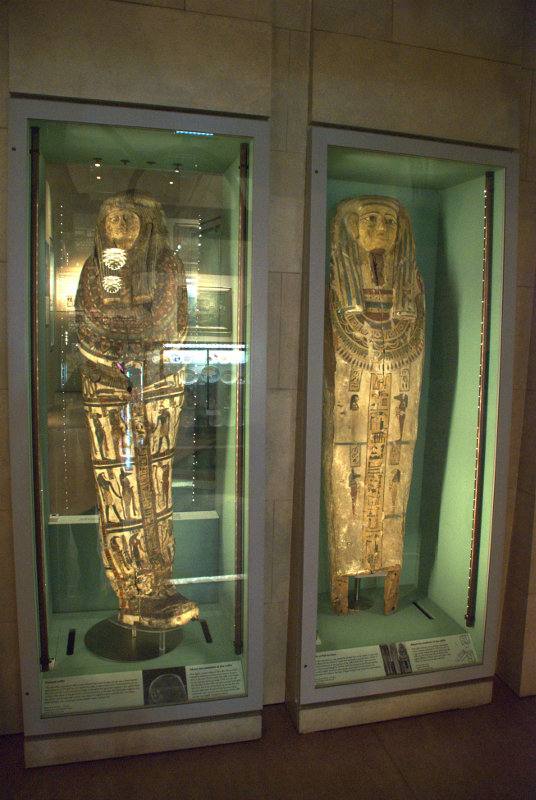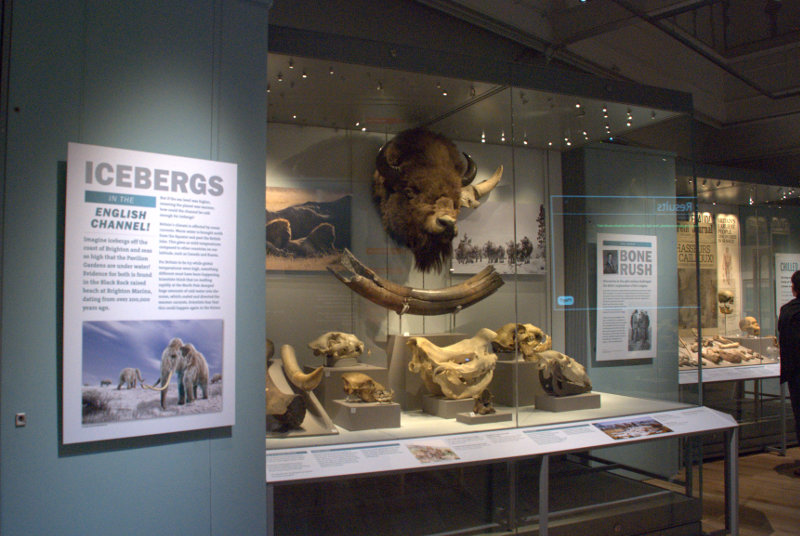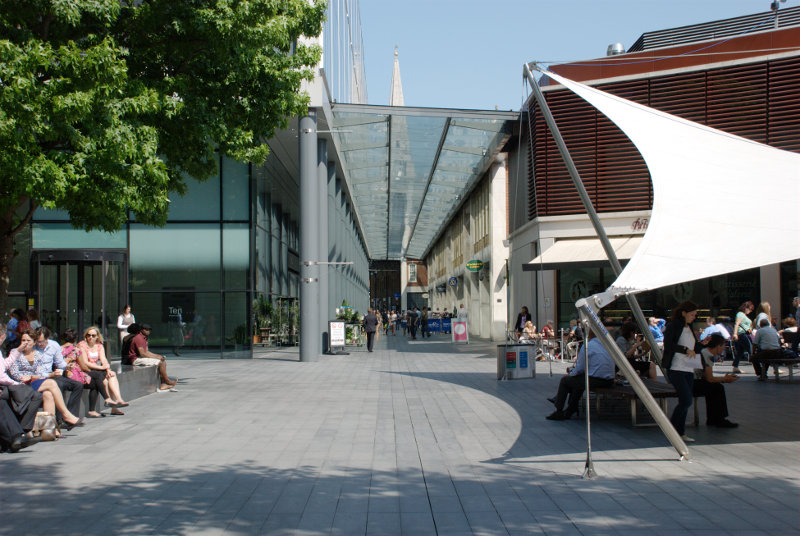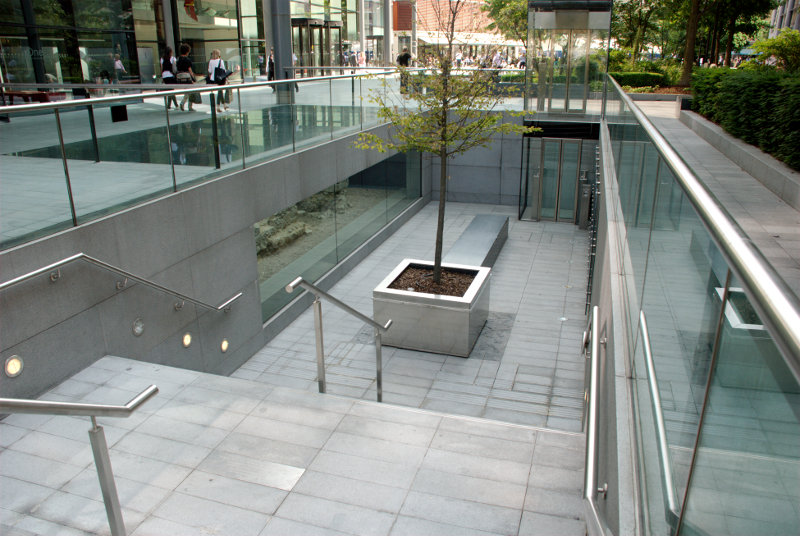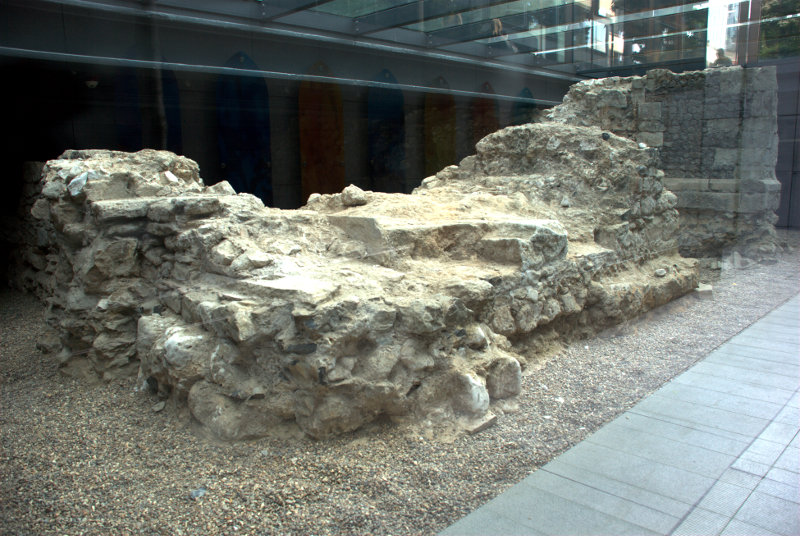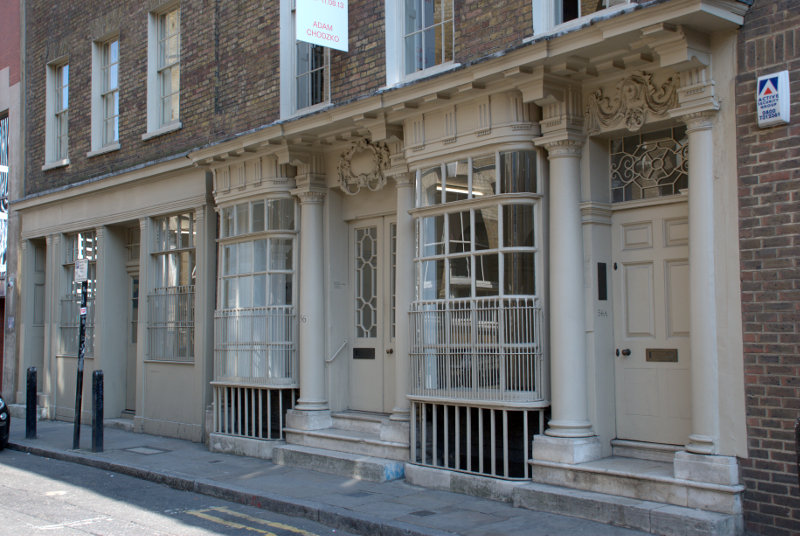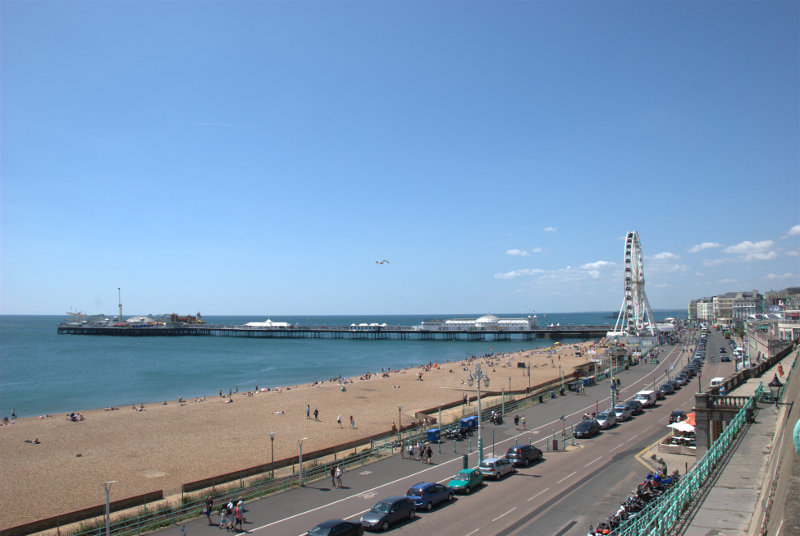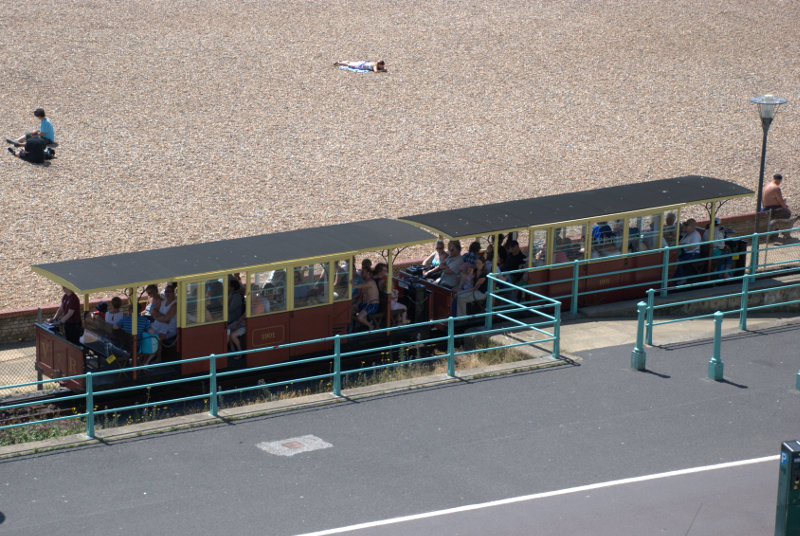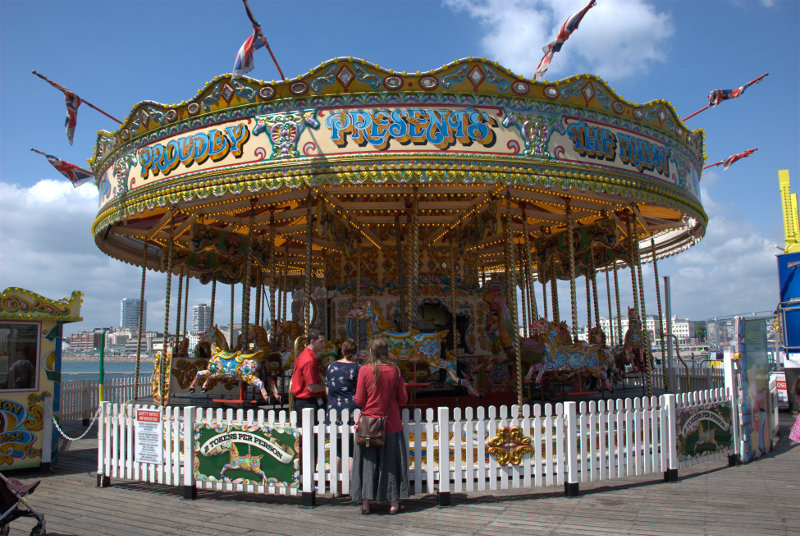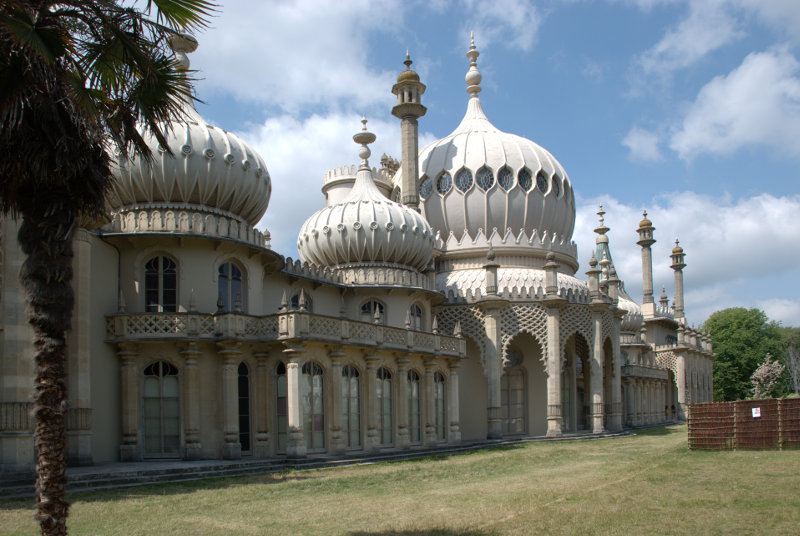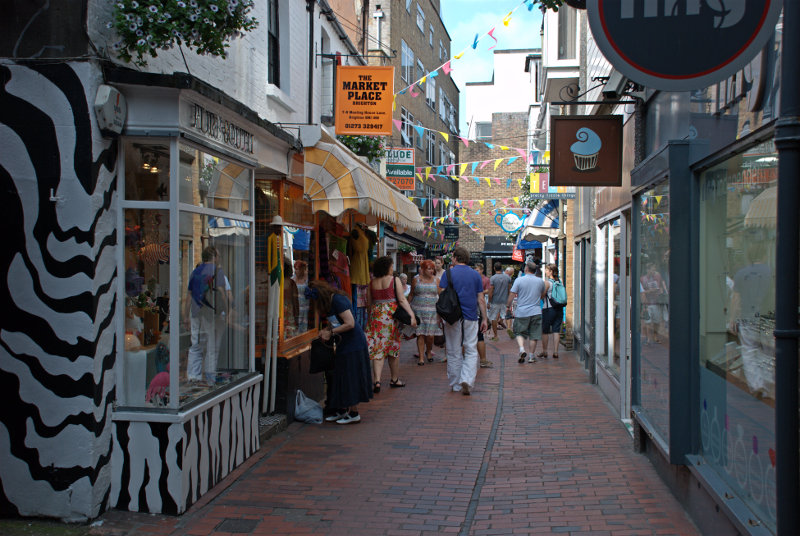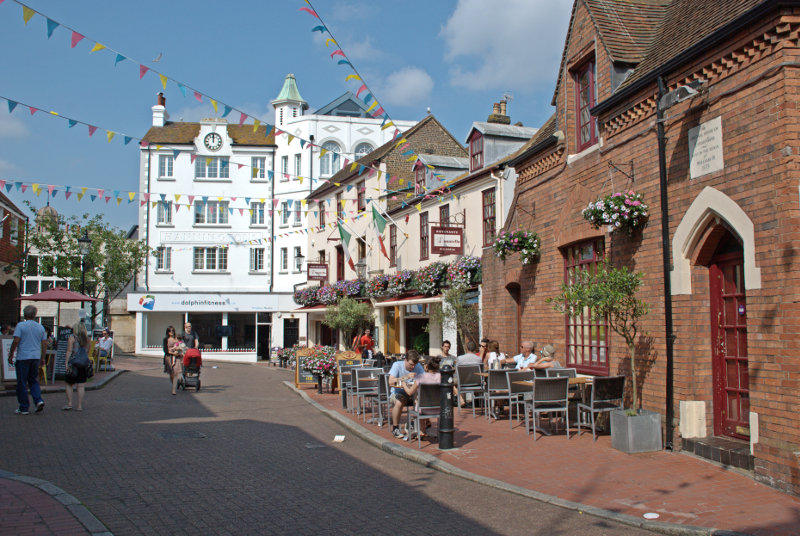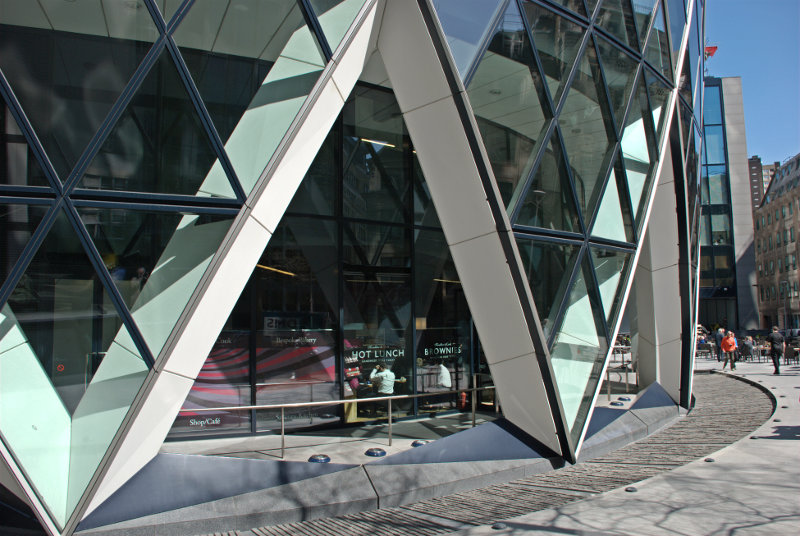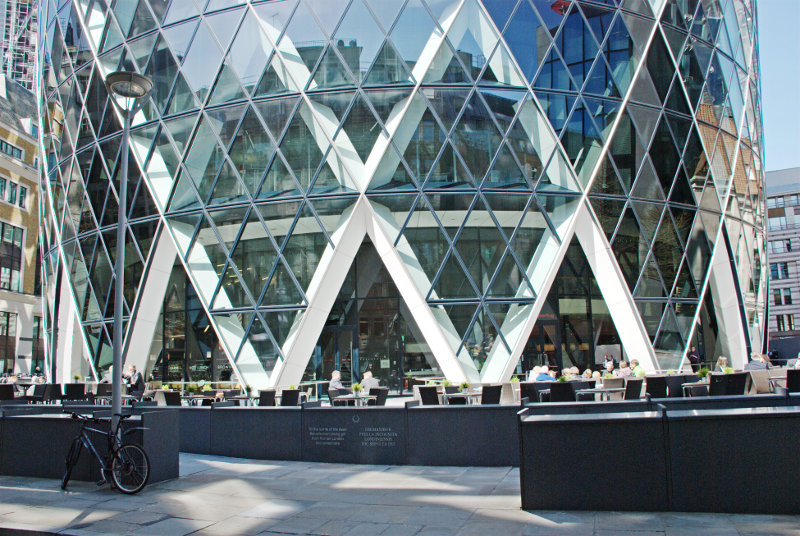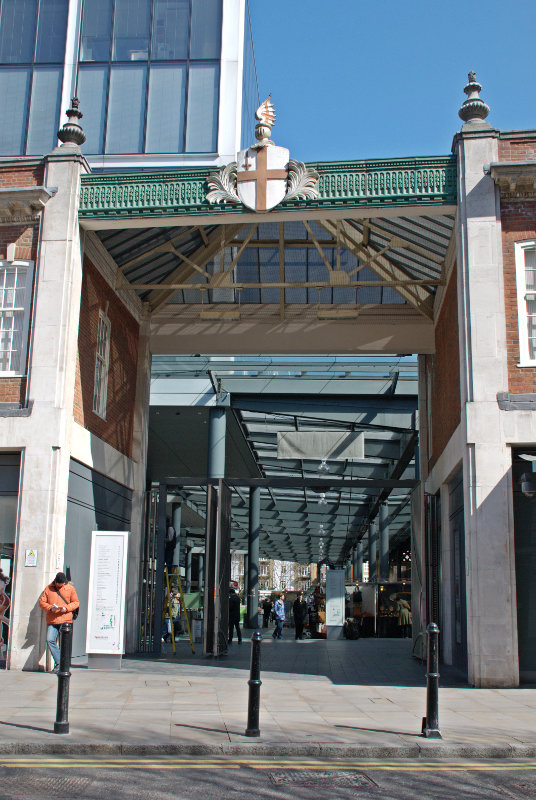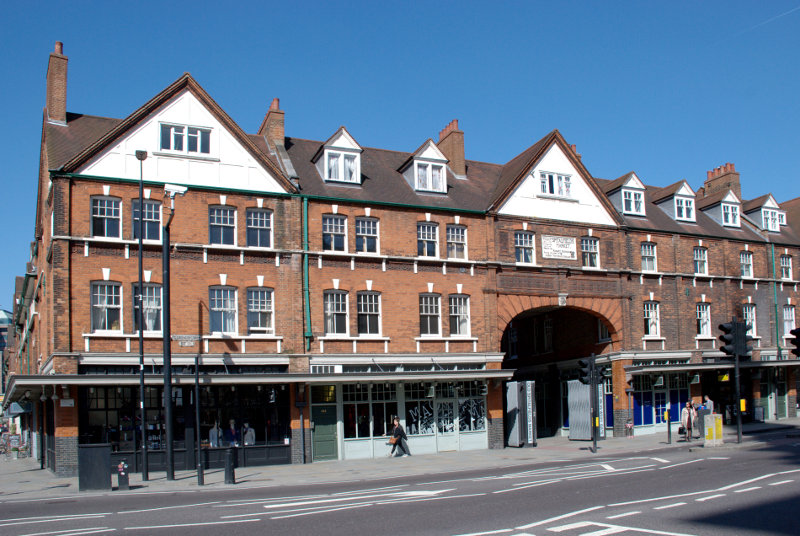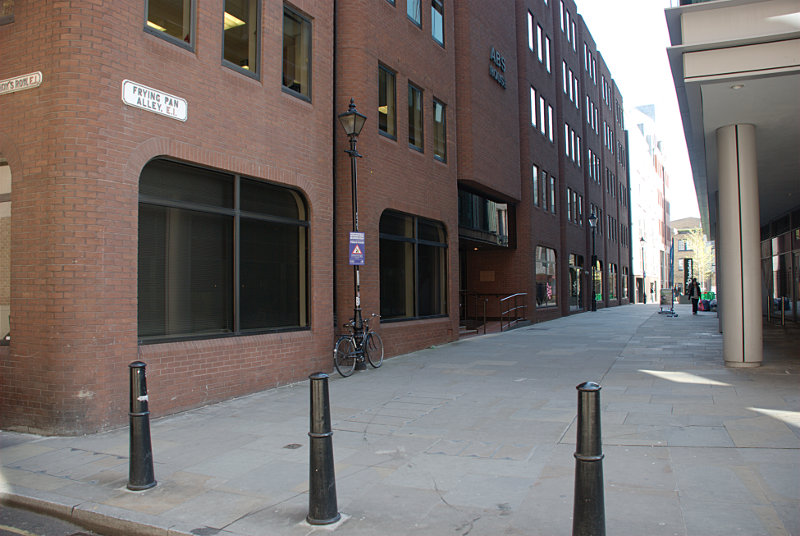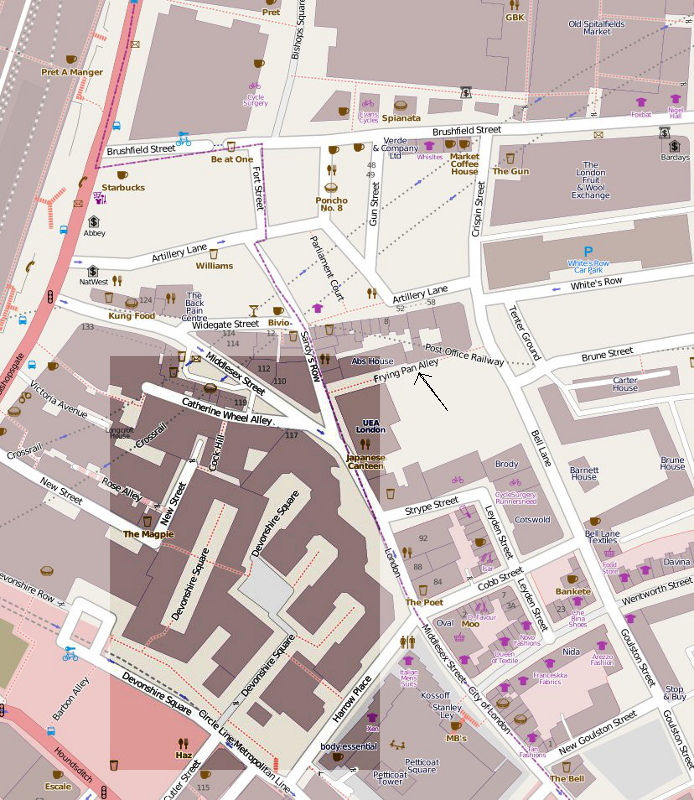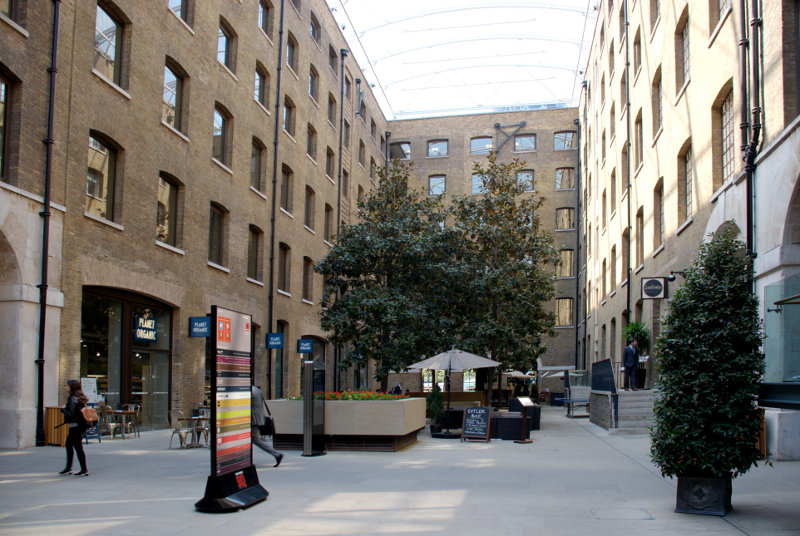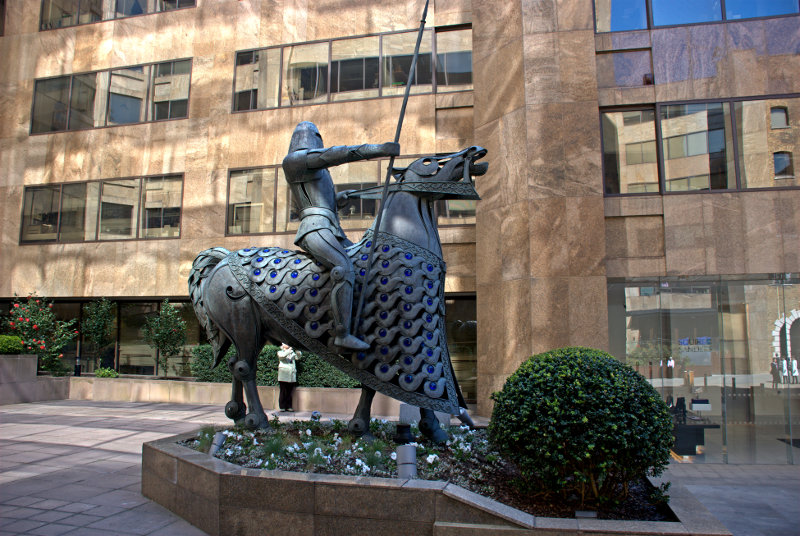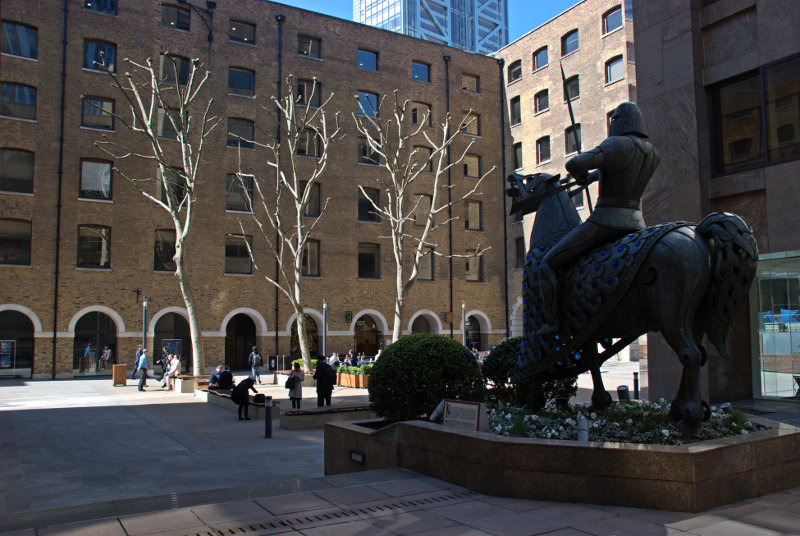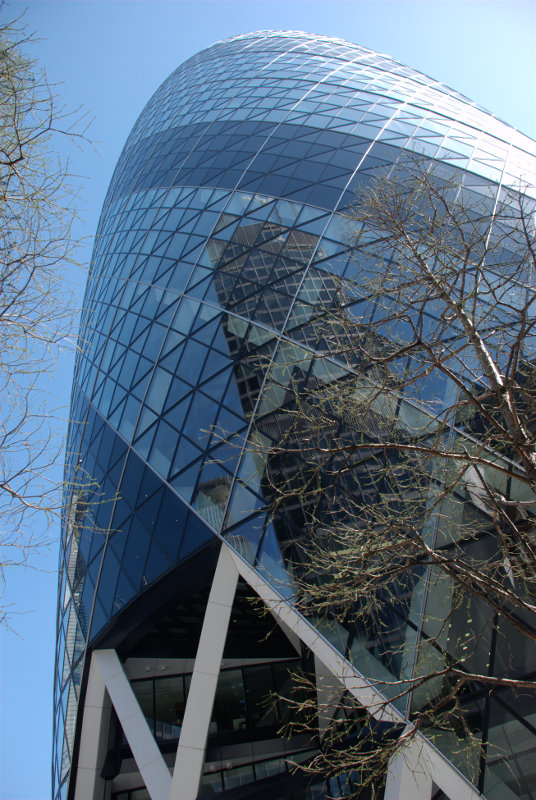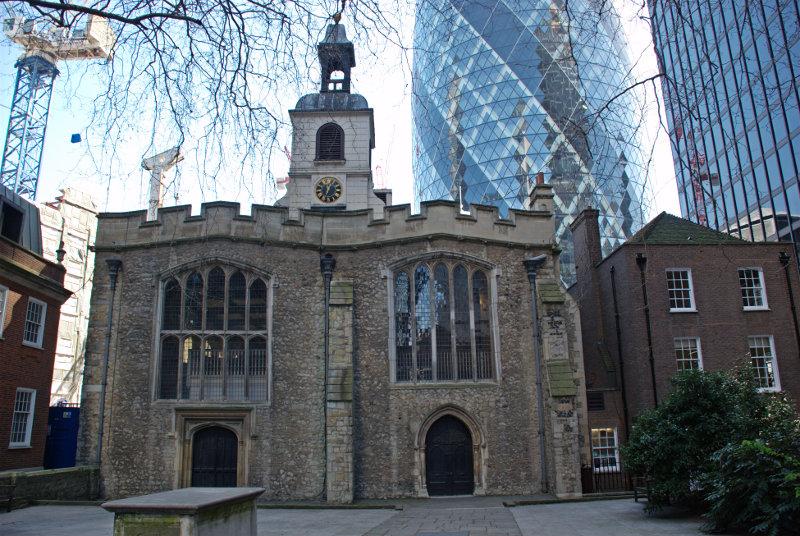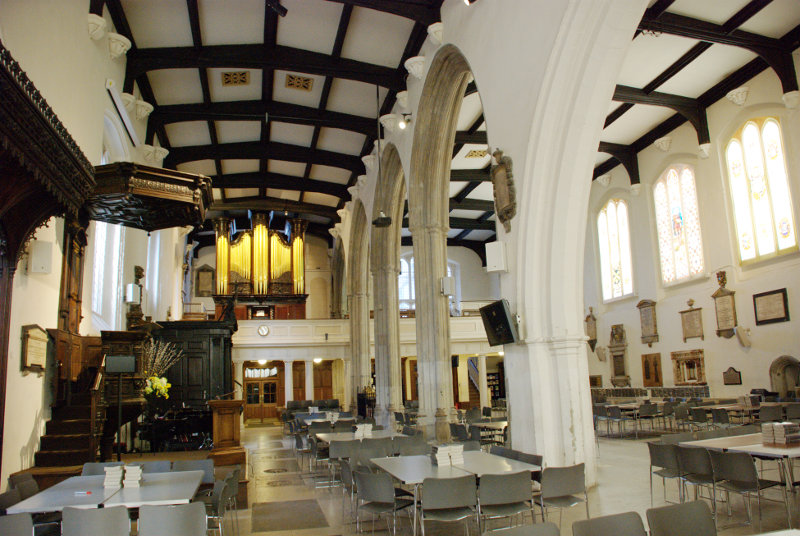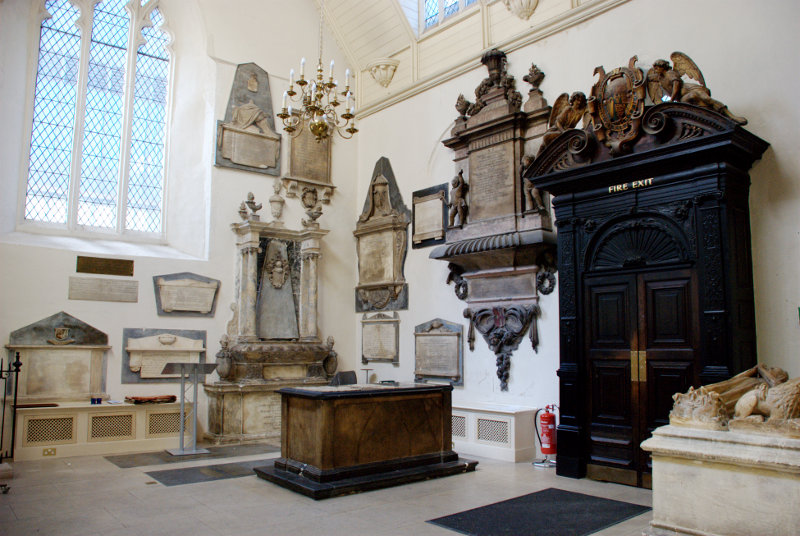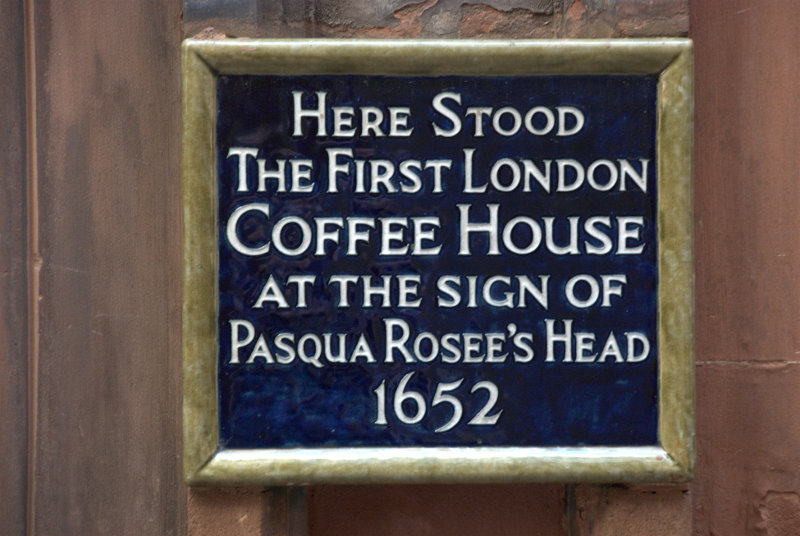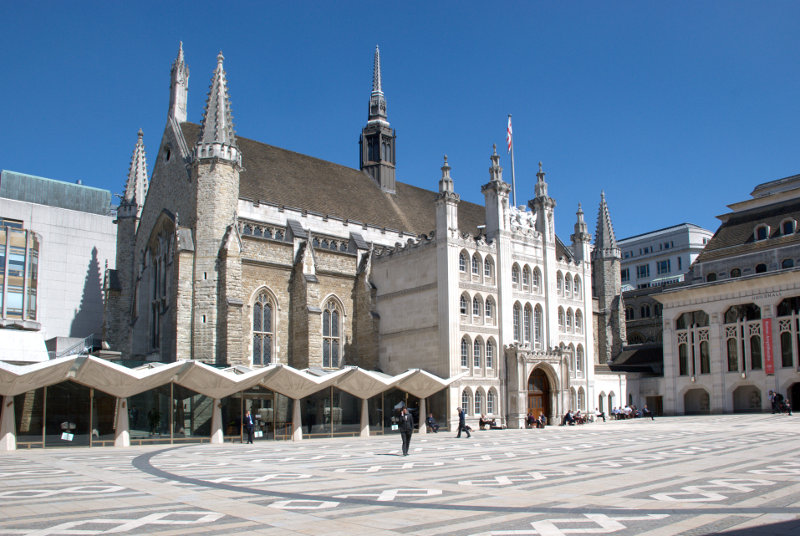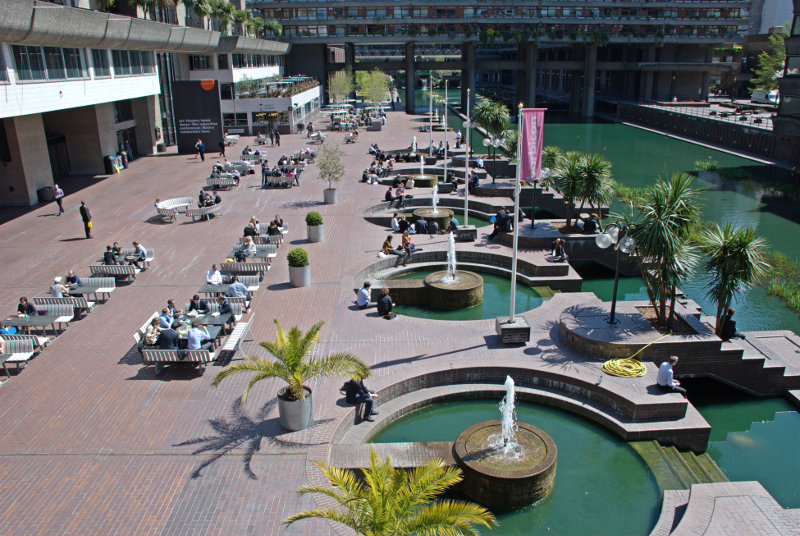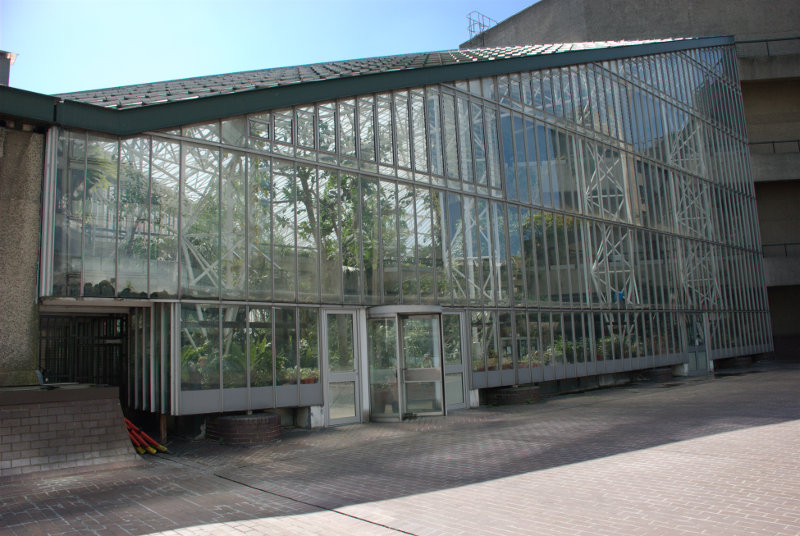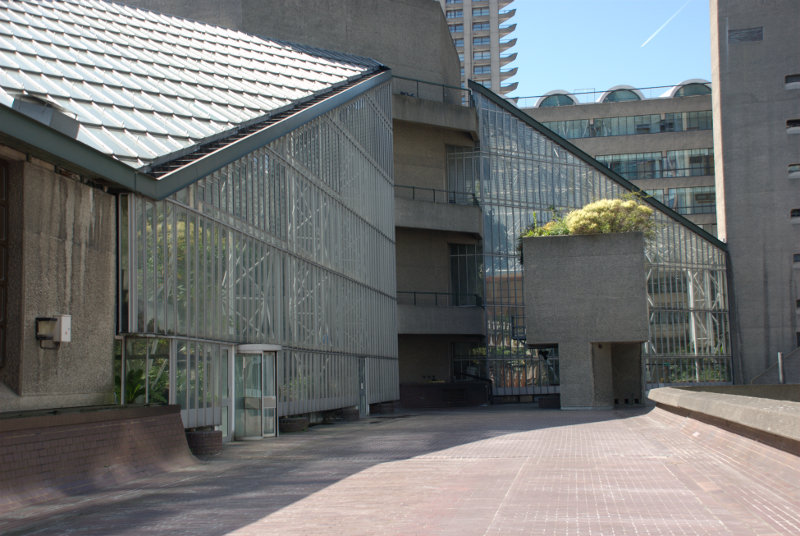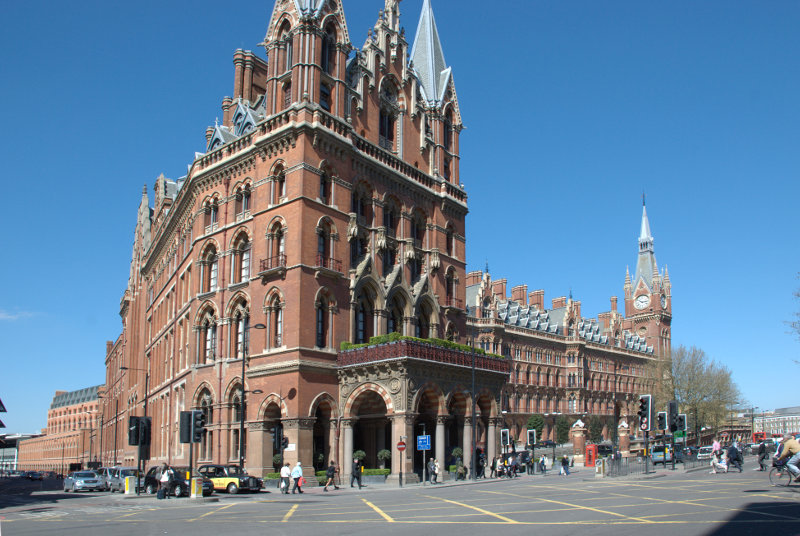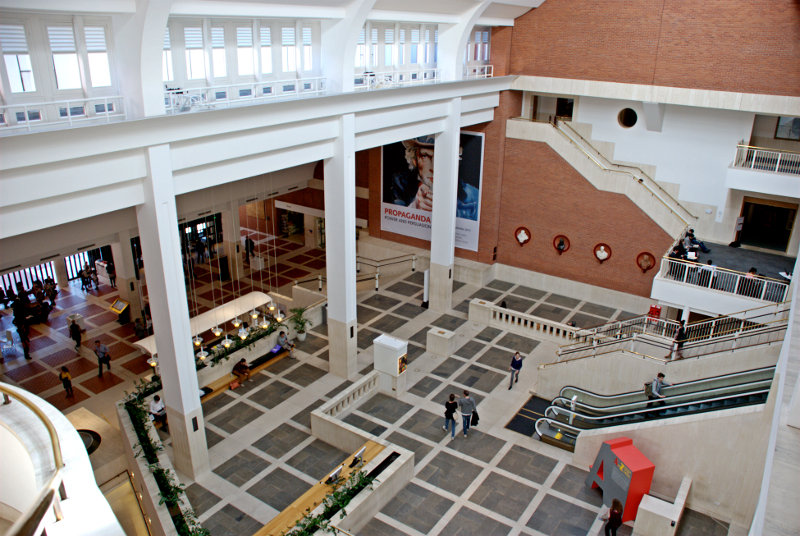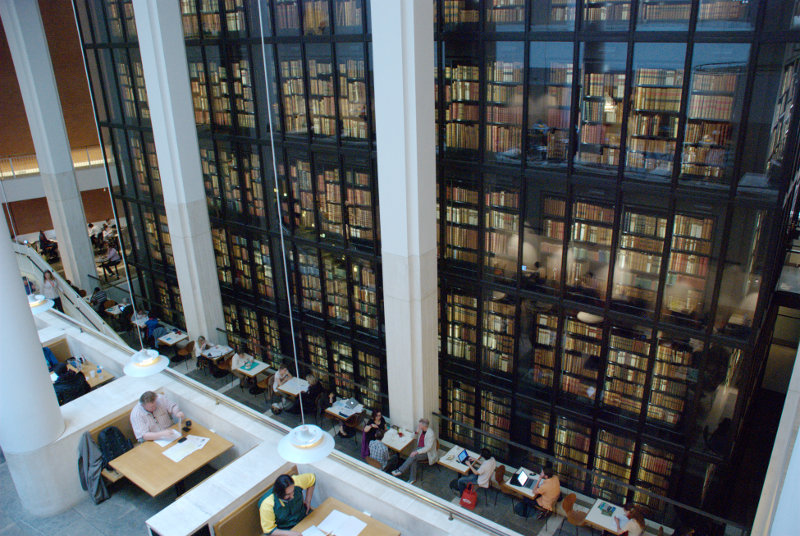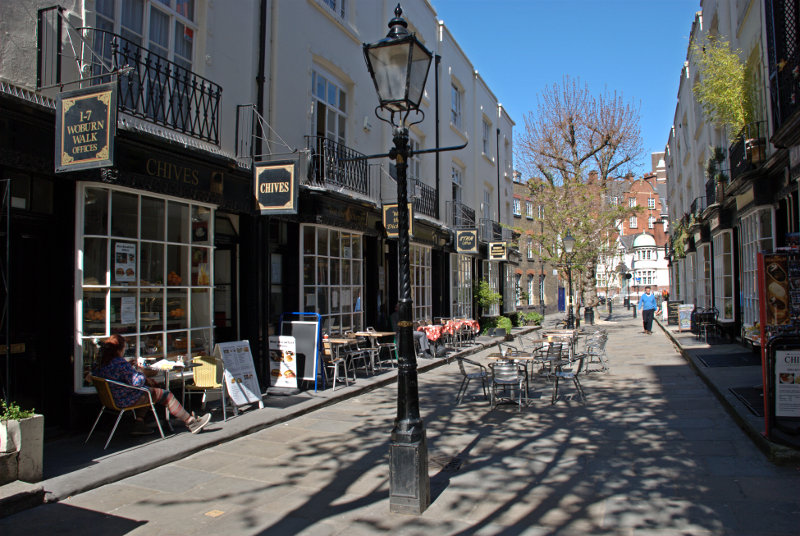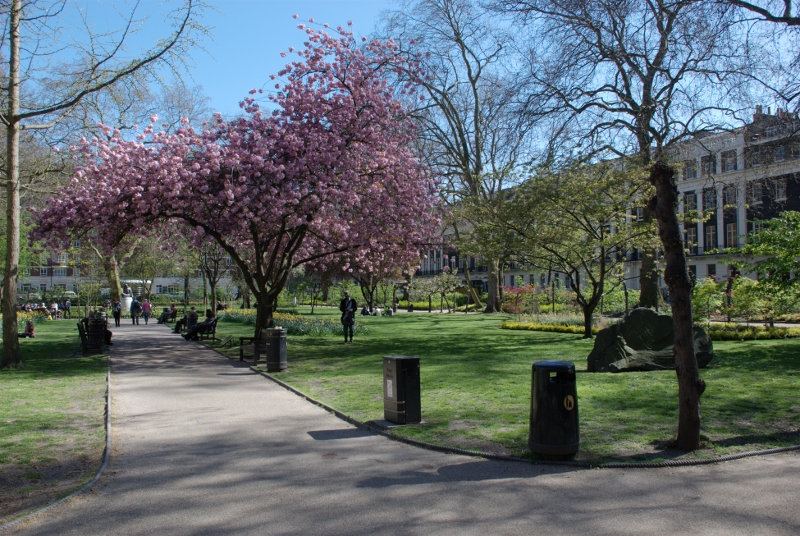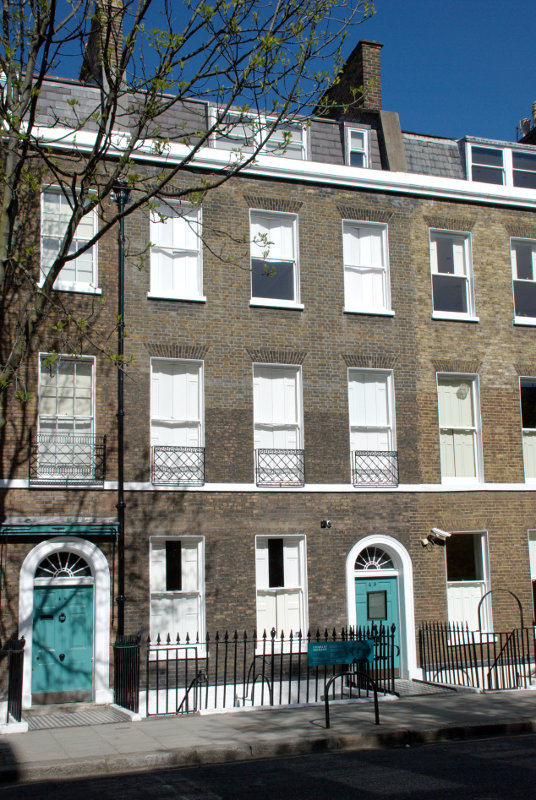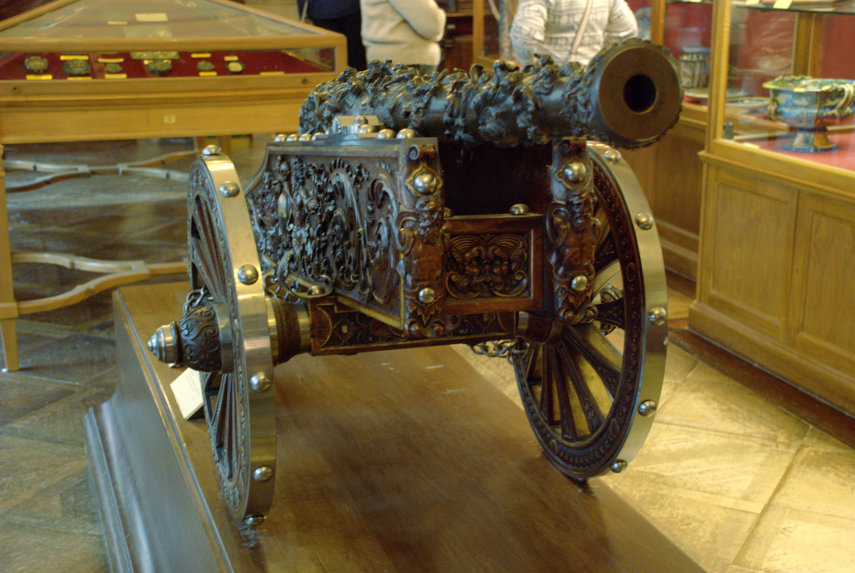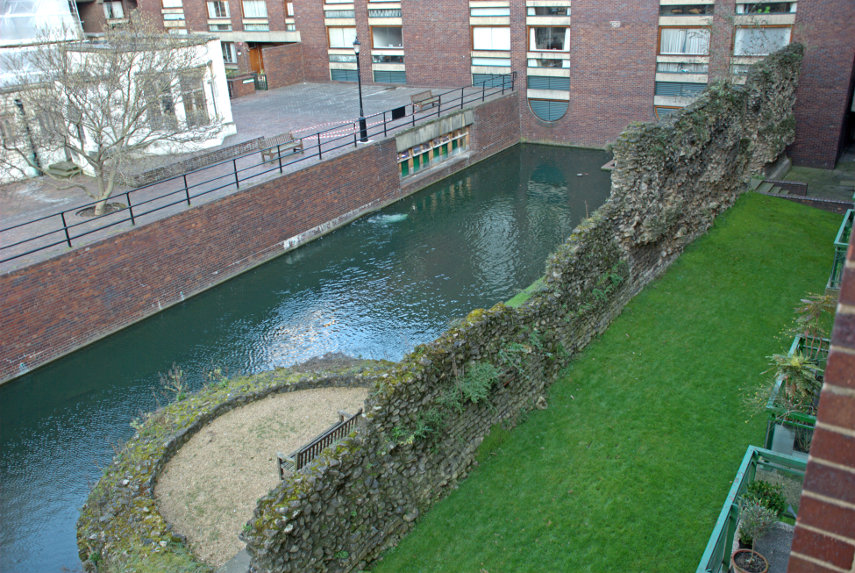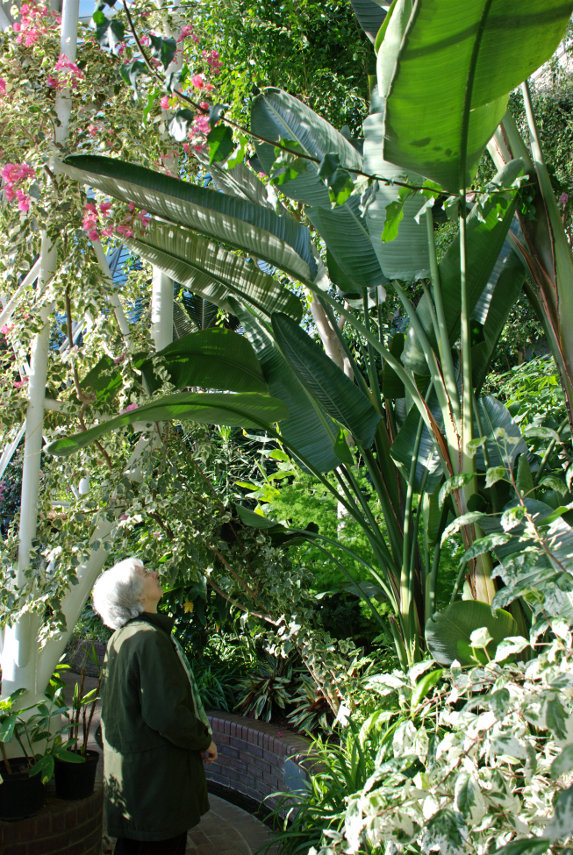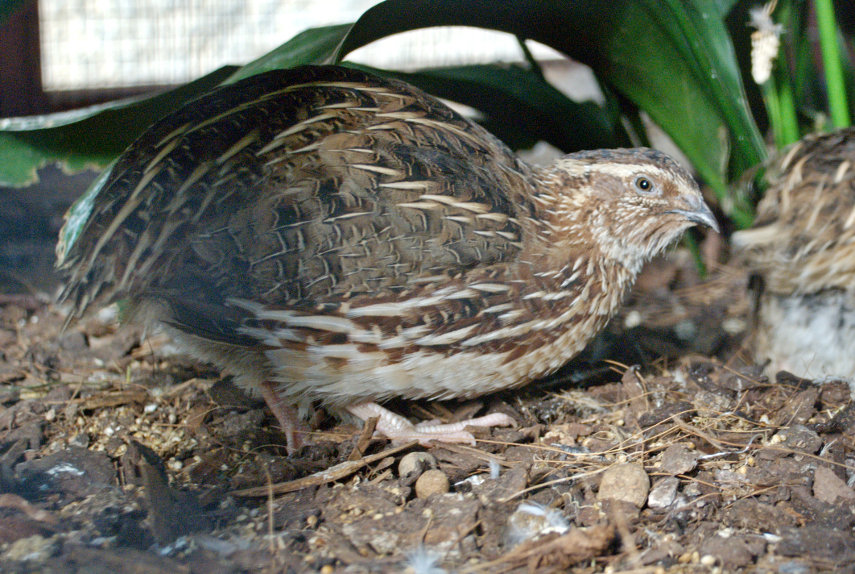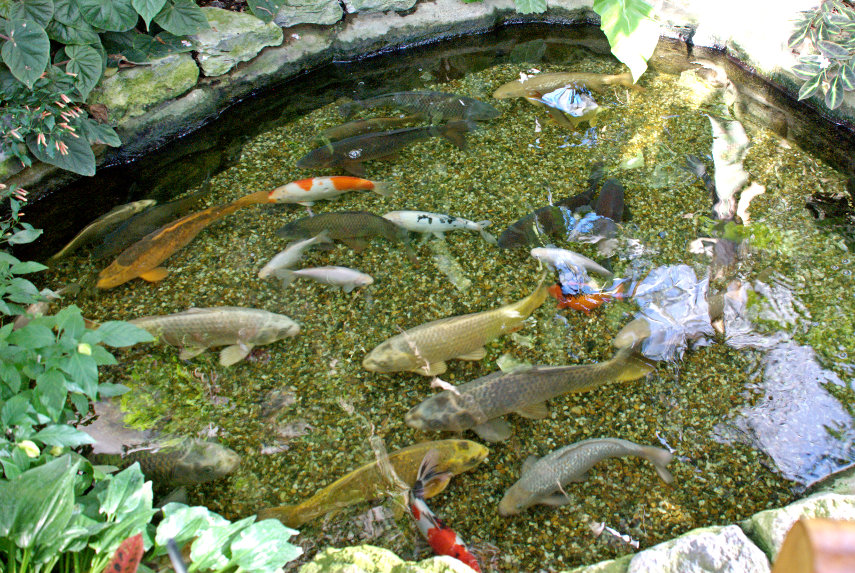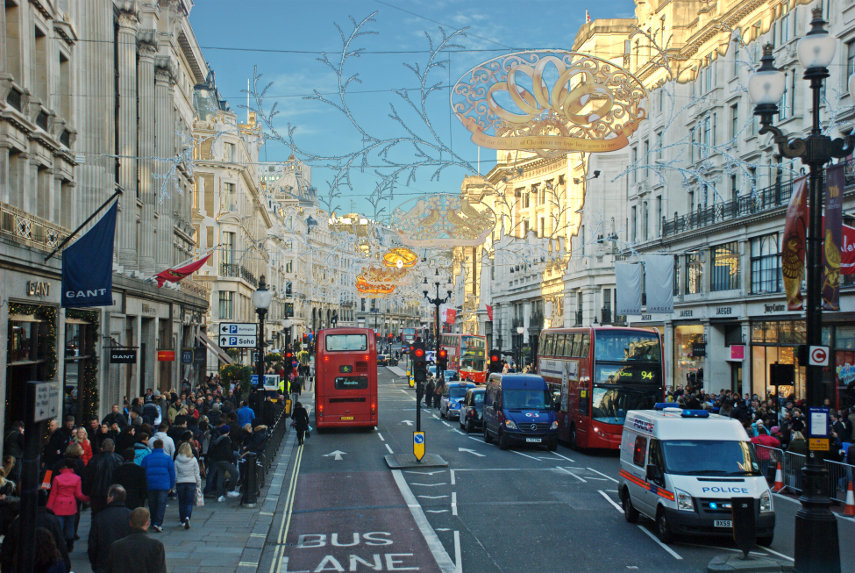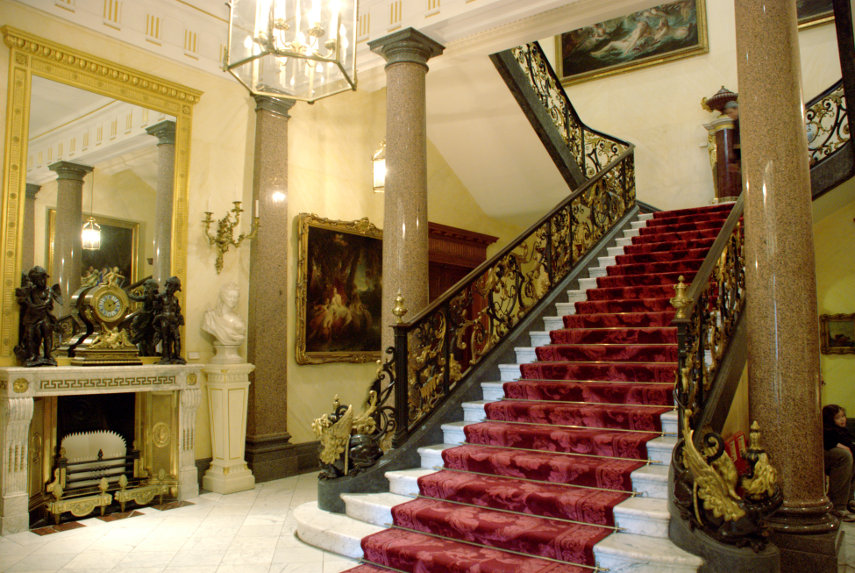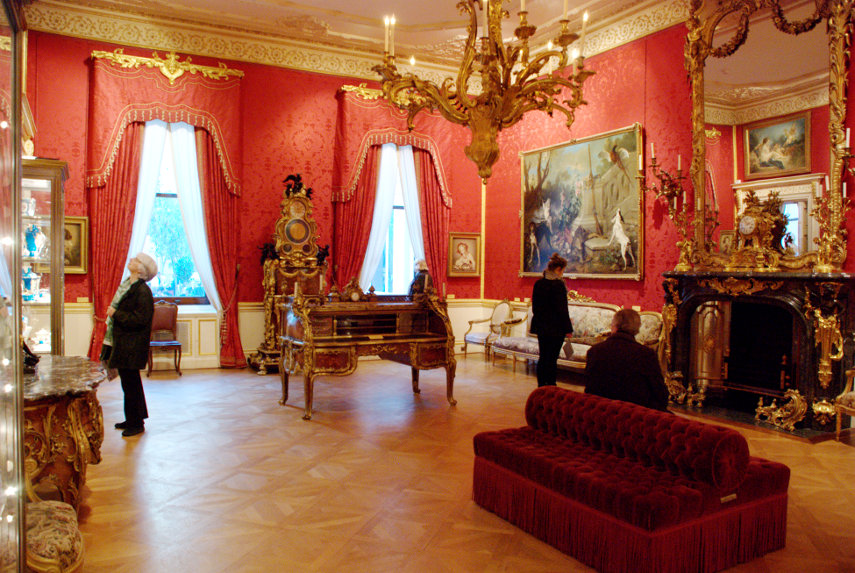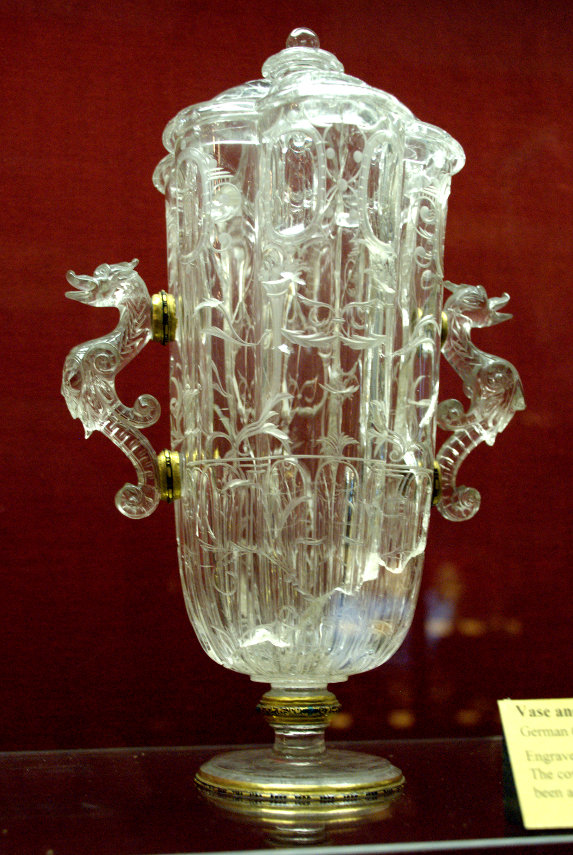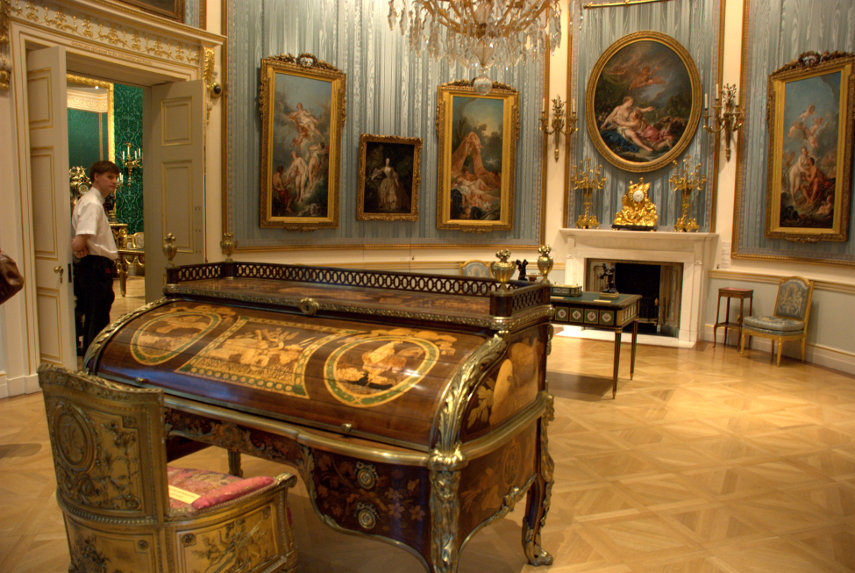Bright, Brighter, Brighton – Day Two
We got up this morning to find a cloudy sky but it is supposed to get brighter later. After breakfast we paid our bill and booked out but left our luggage until we were ready to leave Brighton later in the day.
We went down the road again to Marine Parade to have another look at the little electric railway. I went onto the platform to take this picture.
In this next picture you may get a better idea of the railway's location. The beach and pier is on the left with the road to the right. The Brighton Wheel is visible above the roof of the train.
Notice the patches of blue sky that have started to appear. Without the sun it was cool enough to give Amanda goose bumps. I didn't feel quite so cold so perhaps I had duck bumps. We walked along Marine Parade away from the pier until we reached the Madeira Lift. Built between 1830 and 1840 the lift was originally hydraulically operated but now uses electricity. It saves a climb between Madeira Drive and Marine Parade and is free so we went for a ride.
Amanda photographed this old Victorian relic at the top of the lift.
We stayed at the upper level and walked back into town to the Brighton Museum and Art Gallery which is in the Royal Pavilion grounds.
We were, originally, planning to visit the Booth Museum in Brighton until we discovered that the one day each week that it closes is a Thursday – today. The Brighton Museum building was originally the stables for the Pavillion which is why it is built in the same style.
It has an eclectic collection with numerous exhibits. When we arrived we went straight to the cafe for coffee and this next picture, of one of the galleries, was taken from the table at which we were sitting.
When we had finished our drinks we went back downstairs to start looking around. You may notice that even the archway in this gallery has the 'Eastern' theme and, remember, this was just the stables.
One of the first galleries we visited was dedicated to ceramics.
I noticed the piece in the lower picture particularly because it reminded me of Tipoo's Tiger that we saw in the Victoria and Albert Museum in London and on the label its said:
"Commemorating the death of a young Englishman mauled by a tiger in India in 1792. The popular Staffordshire figure group (1810) was probably inspired by a wooden hand-organ, which was carved and painted to look like a tiger attacking an Englishman in uniform. Displayed in London from 1808, the organ was known as "Tipoo's Tiger" and is now on display in the V&A."
They also had an Egyptian Gallery of which these mummies were part.
There was a gallery about the Ice Age.
Numerous other galleries on varied subjects so there is plenty to see.
It was getting near time for us to leave so we walked back to our B&B to collect our luggage and then caught a bus to the station. So what was our final impression of Brighton? It hadn't really changed from our initial impression in that Brighton did look generally shabby and uncared for although that could not be said of the buses. They have an excellent bus service with frequent buses and the buses themselves are modern, bright and smart with electronic displays on board.
Brighton is not one of those places that we would be keen to see again but it probably would make an interesting day trip from London.
When we reached the station we were really pleased to see that our train was eight coaches with very few people on board, so that we had our pick of the seats, and that it was a modern unit with air conditioning. A relief from the journey up.
The journey was about an hour and we arrived back at Farringdon at around 3:30 PM, caught the Undergound to Liverpool Street and decided to have a slight detour. When we went to Spitalfields last we missed a couple of things which we decided to find this time.
We went back to Bishops Square next to Spitalfields Market.
Although this is a modern development it's not all new round here. If you walk to the north end of Bishops Square farthest from Brushfield Street you will see a large stairwell going apparently nowhere.
You may notice that in the farthest right-hand corner in the above picture there is also a small lift for those that cannot easliy manage stairs. So, what does it all mean?
You'll see that in the left-hand wall there is some glass. This is a window to the ruins behind.
You are looking at the remains of a Charnel House, dating from about 1320, which was discovered during excavations in 1999 and it is thought that parts of the masonry may date back to the 12th century. For those not 'in the know' a Charnel House is a store for human bones disturbed during the digging of graves within a cemetery.
Long before the Charnel House was built, the Romans used the area as a burial ground and a Roman lead coffin was found near this site which contained the body of a woman.
It explains onsite:
"The crypt of the chapel of St Mary Magdelene and St Edmund the Bishop built in about 1320 and sited in the cemetery of the priory and Hospital of St Mary Spital. In the chapel above, services were held to dedicate the bones beneath. After St. Mary Spital was closed in 1539, most of the bones were removed, and the crypt became a house until it was demolished in about 1700. The crypt lay forgotten beneath the gardens of terraced houses and then Stewart Street until it was found in archaeological excavations in 1999."
If you now go back to the other end of Bishops Square, across Brushfield Street, along Fort Street into Artillery Lane, turn left go round the first bend, past Gun Street to the second bend and you will see these:
These are Georgian shop fronts surviving from the 1750s.
Now that was a worthwhile diversion but now we go back to Liverpool Street Station and catch a train home.
